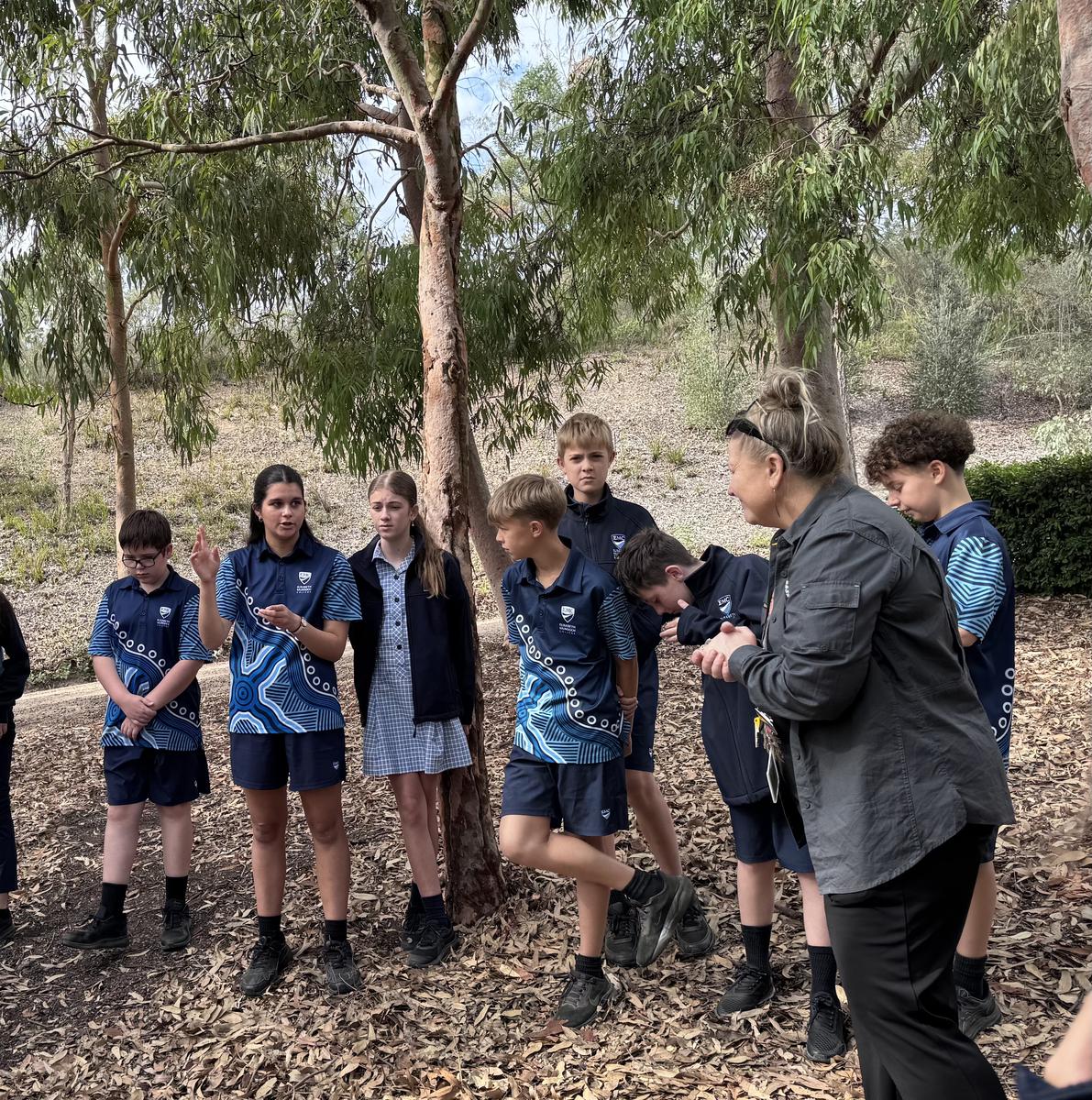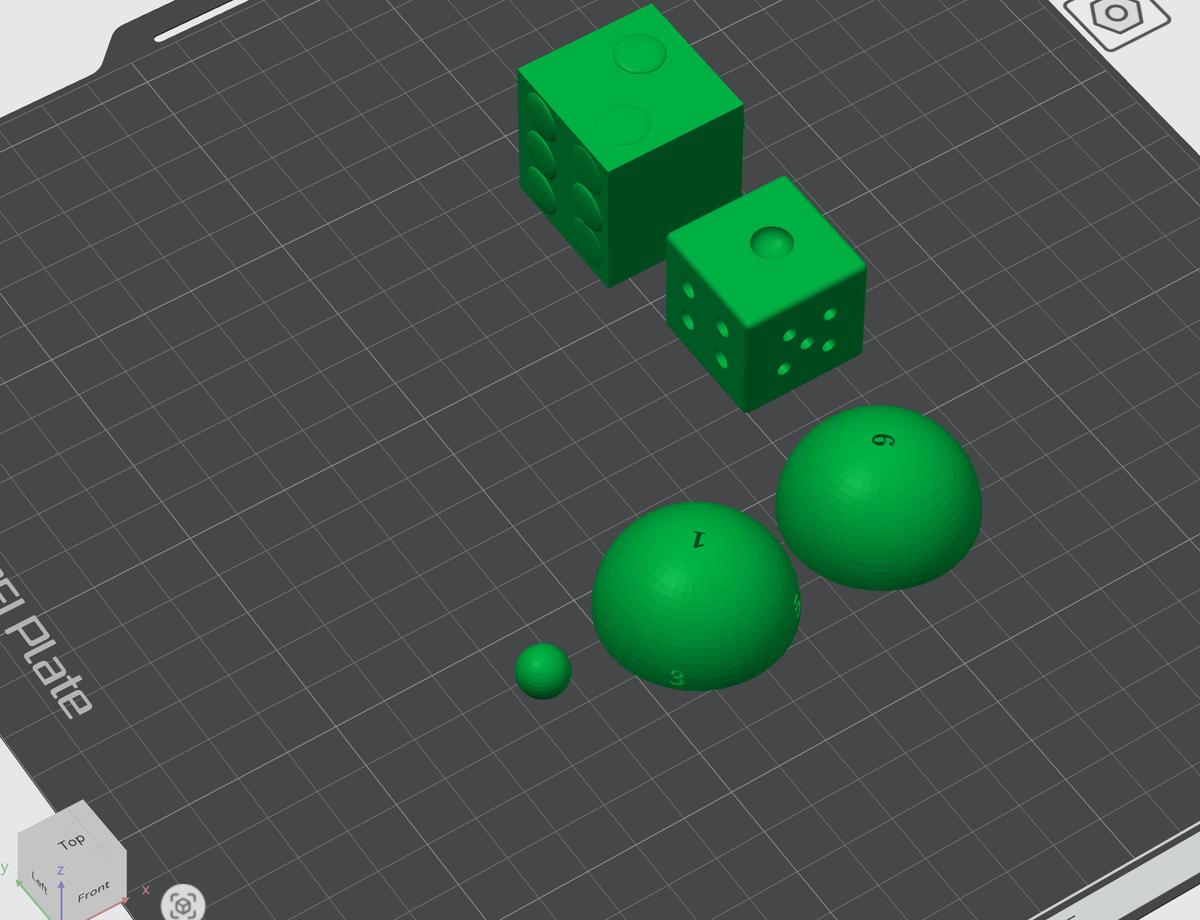STEM: Innovator's Hub
An Experience-Based Learning Program

STEM: Innovator's Hub
An Experience-Based Learning Program
We are thrilled to share some exciting news! Elisabeth Murdoch College has been selected to participate in the prestigious Growing Beyond Earth Program for Australian schools. This incredible initiative is a collaboration between Royal Botanic Gardens Victoria, La Trobe University, Fairchild Tropical Botanic Garden (US), and NASA. We are immensely grateful to the Royal Botanic Gardens Victoria for choosing our school to be part of this truly "out of this world" project!
Starting in Term 2, our Year 7 and Year 8 Murdoch students will embark on a groundbreaking journey as they participate in a unique classroom-based citizen science project. They will be growing plants in a specially designed growth chamber, modeled after the 'Vegetable Production System' used on the International Space Station (ISS). This innovative setup mimics the conditions astronauts experience when growing food in space.
Through this hands-on project, our students will gain invaluable experience as they conduct experiments, receive specialised training from NASA and botanical experts, and directly engage with cutting-edge research on space agriculture. This unique opportunity not only fosters scientific curiosity but also challenges our students to think critically about sustainability in space environments.
As part of our Innovators program, we will be building a curriculum around sustainability and space horticulture, exploring how to grow plants in conditions that simulate zero gravity. Stay tuned for more updates in our next newsletter, where we will share how our students are creatively tackling the challenges of growing plants in space-like environments!
We couldn't be more proud of our students and this remarkable opportunity to bring space science into our classrooms.
On the 3rd of April, our Year 7 and Year 8 students from Murdoch had the exciting opportunity to visit the Royal Botanical Gardens in Cranbourne. During their visit, students participated in the "Designed by Nature" program, which focuses on how nature can inspire innovative design solutions through STEM and biomimicry. The hands-on experience allowed our students to observe the tried and tested biological strategies of nature and think critically about how these concepts can be applied to real-world challenges.
Throughout the day, students engaged in activities focused on adaptations, systems thinking, and applying nature-inspired solutions. They explored the form and function of plants and learned how to distinguish between merely observing nature and actively drawing inspiration from it.
Our students left the gardens inspired and eager to apply their newfound knowledge to their STEM studies back at school. Again, a big thank you to the Royal Botanical Gardens Cranbourne for hosting Elisabeth Murdoch College students such a thought-provoking and enriching experience!
Year 7 Innovators Program:
Did you know that Japanese bullet trains were inspired by the sleek, aerodynamic beak of a kingfisher? Or that the efficient wind turbines being built around Victoria as part of the state's clean energy initiative are modeled after the unique fin structure of humpback whales? Even Velcro, a staple in everyday life, was invented after observing how burr seeds cling to fabric under a microscope.
These fascinating examples of biomimicry have sparked curiosity and creativity among our Year 7 Murdoch students. As part of their current project, they have been exploring how nature’s brilliant designs can inspire innovative solutions to modern challenges. Recently, our students showcased their imaginative biomimicry-inspired designs during the school open night. Using play-doh, they brought their ideas to life, vividly demonstrating how nature’s ingenuity can be transformed into practical solutions.
To complement this creative journey, the students also took part in an excursion to the Royal Botanical Gardens Victoria (RBGV) in Cranbourne. There, they participated in a full-day program focused on biomimicry, where they learned how to observe nature with a designer’s eye and applied these concepts to their own STEM projects.


Our students came away from this experience feeling inspired and motivated to think like biomimics – learning from nature to innovate for a healthier and more sustainable future.
Year 8 Innovators Program:
Our Year 8 Murdoch students are diving into an exciting engineering challenge—designing and constructing towers using only spaghetti! This hands-on activity is teaching them vital principles of engineering, including the importance of strong foundations and structural integrity. Working collaboratively in teams, students are developing essential skills such as teamwork, problem-solving, and responsibility.
Each team chose one of three fascinating themes to guide their designs:
1. Japanese Architecture – Exploring elegant designs inspired by traditional and contemporary Japanese structures.
2. Smart Engineering – Innovating with modern engineering techniques aimed at creating efficient and resilient structures.
3. Historical Designs – Drawing inspiration from structures over 100 years old, emphasising timeless engineering wisdom.
Upon completion, these towers will undergo rigorous testing to evaluate their resilience. The tests involve simulating earthquake vibrations by controlled shaking and adding incremental weights to assess structural strength. We look forward to seeing which designs stand tall!


Our Year 8s were also involved in Biomimicry excursion to Cranbourne gardens.


Year 9 iSTEM:
Currently, the year 9 iSTEM students are learning to design, prototype, and print their own creations using TinkerCAD software and our school's Bambu lab 3D printers. This hands-on training is equipping them with the skills to transform their ideas into tangible, functional prototypes.
One standout project that truly captured everyone's attention was designed by Zane from this iSTEM program. Have you ever imagined a rolling dice but shaped like a mini golf ball? Zane did! Inspired by his own research, he came up with a brilliant concept: a circular-shaped, golf ball-sized rolling dice.
This clever design was showcased during our school's open night and left everyone intrigued. The dice was printed in two halves, featuring a hollow structure inside. To make it function like a traditional dice, Zane ingeniously added a weighted object inside the hollow core. This clever addition ensures that the ball remains balanced on its equator, revealing a random number from 1 to 6 with every roll.


From exploring sustainable solutions inspired by nature to engineering creative prototypes using cutting-edge technology, our students are proving that learning can be both fun and impactful. We are incredibly proud of their enthusiasm, dedication, and willingness to push the boundaries of their knowledge.
As we continue to support their journeys of discovery, we look forward to seeing how these experiences will shape their futures as problem-solvers, thinkers, and leaders. Stay tuned for more updates as our students continue to dream big and innovate with purpose!